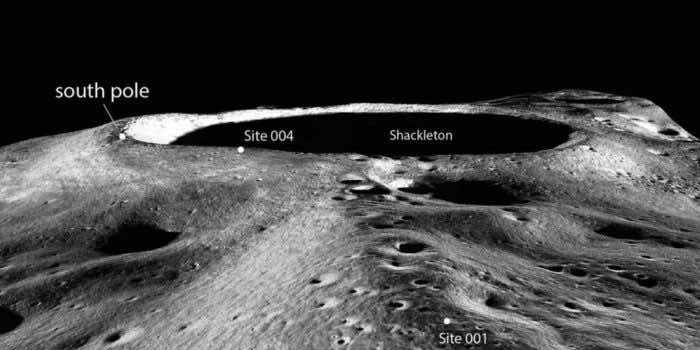An international research team headed by ETH Zurich has worked on the permanently shadowed regions of the Moon with the help of artificial intelligence.
With the help of their work, future lunar missions will now be able to find acceptable spots as they will know more about the region’s physical properties now.
The research was published in Geophysical Research Letters on August 26. This research also encompassed NASA’s Artemis I program.
According to Science Alert, it is wrongly believed that the Moon has a dark side. The Moon’s rotation ensures consistent sun is around its equator. However, some areas never receive any rays, deep craters, and pocks at high latitudes, along with the Moon’s polar regions, which have high walls that protect the crater floor from extreme solar radiation.

Scientists think that there may be many unknown and undiscovered things on the Moon, such as “water.”
“What makes the south polar region so fascinating is that because the Sun hovers near the horizon due to the Moon’s axial tilt, the sunken floors of impact craters never see sunlight and lie in perpetual shadow. As a result, these shadowed regions are extremely cold – colder even than Pluto’s surface, with temperatures ranging from 170° to 240° Celsius and approaching absolute zero,” says ETH Zürich.
In the vacuum of space, ice would sublimate and quickly turn into a gas at higher temperatures.
“There is no evidence of pure surface ice within the shadowed areas, implying that any ice must be mixed with lunar soil or lie underneath the surface,” says Valentin Bickel of ETH Zurich, who led the research. But they are planning to set a course for digging more.
The results add to a comprehensive investigation of potential Artemis landing sites and exploration options on the lunar surface conducted by the LPI-JSC Center for Lunar and Science and Exploration.

To date, a half-dozen potential Artemis landing sites have been investigated by the team. The findings of the study could have immediate implications for future missions like the Intuitive Machines Mission 2, which will be conducted commercially by a start-up.
“These new research findings will allow for precise planning of routes into and through the permanently shadowed regions, which will greatly reduce the risks to which Artemis astronauts and robotic explorers are exposed,” says ETH Zürich.


